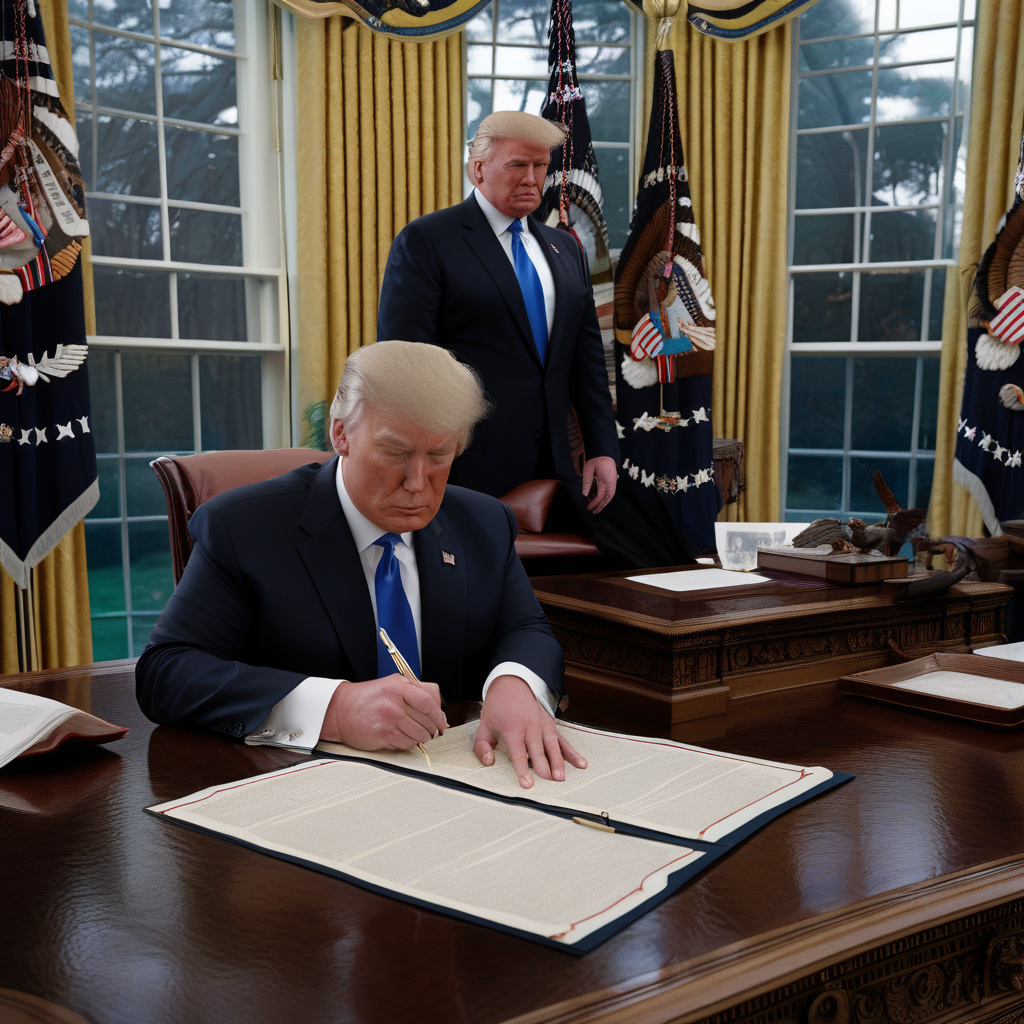President Donald Trump is poised to make a significant move in the realm of cybersecurity by signing the Take It Down Act. This bipartisan legislation is set to criminalize the distribution of non-consensual explicit images, specifically targeting revenge porn and deepfakes. The implications of this bill are far-reaching, marking a crucial step in addressing the growing concerns around online privacy and digital consent.
The Take It Down Act underscores the pressing need to combat the proliferation of revenge porn and explicit deepfakes, which have become increasingly prevalent in the digital age. By imposing stricter penalties on individuals who engage in such malicious activities, the legislation sends a clear message that these actions will not be tolerated. This not only serves as a deterrent but also provides a legal recourse for victims who have been subjected to such violations of their privacy.
In today’s interconnected world, where technology allows for the manipulation of digital content with unprecedented ease, the risks associated with revenge porn and deepfakes are more pronounced than ever. These malicious practices can have devastating consequences for individuals, ranging from reputational damage to emotional distress. By criminalizing such behavior, the Take It Down Act aims to safeguard individuals from the harmful effects of non-consensual dissemination of explicit material.
Moreover, the bipartisan nature of this legislation highlights the widespread recognition of the urgency to address this issue. In an era marked by political polarization, the consensus around the need to combat revenge porn and explicit deepfakes underscores the gravity of the threat they pose. By transcending party lines, the Take It Down Act exemplifies a united front in the fight against online exploitation and digital abuse.
From a technological standpoint, the enactment of the Take It Down Act raises important considerations for developers and IT professionals. As the regulatory landscape evolves to address emerging threats in cyberspace, there is a growing impetus to implement safeguards that prevent the misuse of technology for malicious purposes. This includes developing mechanisms to detect and mitigate the spread of deepfakes, as well as enhancing cybersecurity measures to protect against unauthorized access to sensitive content.
In conclusion, the signing of the Take It Down Act by President Donald Trump signifies a pivotal moment in the ongoing efforts to combat revenge porn and explicit deepfakes. By criminalizing these harmful practices, the legislation reaffirms the importance of digital consent and online privacy in the digital age. As IT professionals and developers navigate this changing regulatory environment, it is essential to stay informed about the implications of such laws and proactively work towards enhancing cybersecurity measures to uphold ethical standards in the digital realm.

